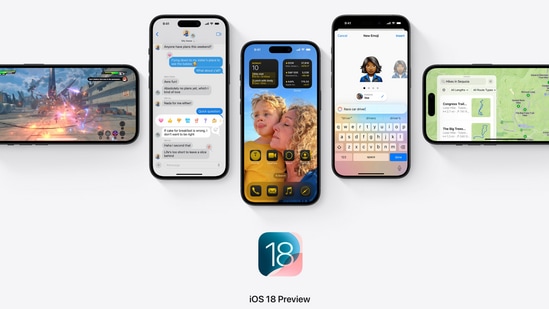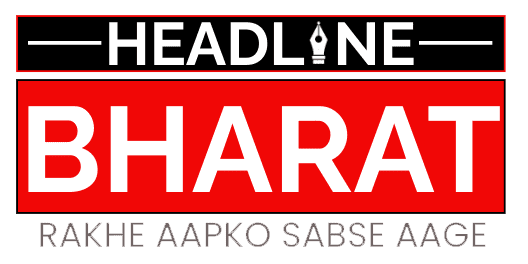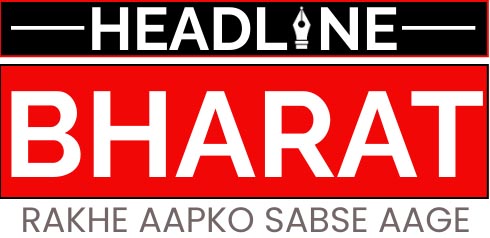[ad_1]
Every time you shop online, watch a TV series, live stream a cricket match, play an online game or pull a document from cloud storage, what do you think happens? A remote server somewhere in the world, meant for data storage, processing and subsequently distribution of said data, sprints into action to serve what you’ve asked for, on a platter. Use AI to query a search engine, create an image or video from a text prompt, draft an email or remove an object from a photo? Again, a data centre somewhere in the world is stepping in to deliver. A collection of more than one networked server (sometimes owned by organisations themselves, but often leased to experts such as Amazon, Google, Yotta, Equinix and many more), is essentially a data centre. A concern I’ve written about this week, is one of how to make these data centres more power frugal. They consume a lot of energy to run operations, and the more demanding customers get (particularly with AI), the trajectory only really points in one direction. Not sustainable.

We all want AI on our phones, tablets, computing devices and on the apps we use. Fair enough. Yet even the smallest of AI tasks requires a lot of processing power. The latest numbers by Statista Market Insights research put into perspective. They estimate the global generative AI market will be worth $207 billion by the year 2030, up from $44.89 billion in 2023. A lot of it enterprise driven, but equally, consumer focused AI isn’t going to be far behind. The very methods of building and keeping data centres cool, is changing quite fast.
Facebook perhaps showed us a rather bold example of this in 2016, with its Luleå data centre facility, on the edge of the Arctic Circle in northern Sweden. It utilises freezing cold arctic air and hydro-electric plants as renewable power sources. Among the unusual figures Green Mountain’s SVG1 data centre is in Norway, which runs on 100% renewable hydroelectric power, relies on a nearby fjord for cooling, and the heat it generated is used for a lobster farm in the area. Then there’s Google’s Hamina Data Centre in the Gulf of Finland, which pulls in seawater for cooling purposes and then pumps it back into the gulf – the idea is to significantly reduce use of locally available water.
Then there’s Microsoft’s Project Natick, which shifted data centres underwater. After 9 years of trying around 117 feet below the North Sea, that experiment culminated this summer. But believe me, this underwater trick may just be the ticket, with more projects attempting something similar.
For the data centres that are more conventional, they’ll quickly switch for DLC or direct liquid cooling methods. These include full immersion, dielectric cooled cold plates and water-cooled cold plates. Alongside, newer chips and storage tech is geared to significantly reduce power consumption too. An example, Google’s Tensor Processing Units, or TPUs, are designed specifically for handling AI workloads within their cloud platform. In their latest sustainability report, Google confirms Trillium, their sixth generation TPU, is generationally 67% more energy efficient. Nvidia’s GB200 Grace Blackwell superchip, Microsoft’s Azure Maia 100 and Cobalt 100 chips, Amazon’s second-generation Trainium and Meta’s MTIA, will become the basis of the next generation data centres. It is a wholesome evolution that’s underway. But considering the scale and costs involved, it will take time. But the frugal data centre dream is very much alive.
BETA
You probably were waiting for this. I would never recommend any beta software on your primary smartphone, computing device or tablet, but well, Apple’s released new public beta software you’re probably really interested in. The public betas for iOS 18, iPadOS 18, macOS Sequoia, watchOS 11, and tvOS 18 are now out. Mind you, the iOS 18 and iPadOS 18 public betas for now still don’t have the Apple Intelligence suite that the company had detailed at WWDC this summer – those will arrive with a future beta version, ahead of an expected September release. But what you do get to try out for now includes new RCS messaging, the iOS customisation options, a redesigned Photos app and many other tweaks here and there (the Control Centre being one). The watchOS 11 beta will include the new Vitals app, while the tvOS 18 beta includes an InSight feature for Apple TV+ content, much like how you’d have probably see X-Ray work on Amazon Prime Video.
Read our coverage about Apple Intelligence…
HUMMING
In a world that has Spotify and Apple Music, credit must be given to YouTube Music for not only holding its ground but continues to make a rather strong case for itself. There are some fun new features slowly rolling out. One of them is “hum to search”, which as the name suggests, will allow users to do a natural sound search of the tune they remember but the track’s name escapes them. This feature was in limited beta for Android for a few months now, and guessing the tests are successful enough to warrant wider availability now on Android as well as the iPhone. What you need to do is tap on Search -> Waveform icon.
Even as hum to search emerges from the beta test phase, another interesting feature logs into that instead. YouTube Music suggests it is AI-generated conversational radio. Difficult to say at this point what it’ll be like and the content focus areas, but I’m guessing we’ll hear more at some point in the next few months.
There’s a tenacity of YouTube Music that cannot be ignored. As of February, this year, official numbers peg the YouTube Premium user base with YouTube Music at 100 million. Still some way behind Spotify’s 615 million last reported user base including around 239 million paying Premium subscribers. But it’s within Apple Music’s user base, which is believed to be around 112 million in April.
CONVERGENCE
Some of our regular readers would remember our continued coverage of India’s broadband and 5G space over the years, including my recent conversation with Varun Pasricha, who is Chief Operating Officer at Excitel. The takeaway from the broader direction these ISPs are taking, is the pursuit of convergence, which is a single bill for broadband and TV. The perceived value emerging from it. Things went a step forward this week, with Bharti Airtel announcing a new set of Xstream Fiber broadband plans across all circles it is present in (they say, more than 1200 cities, and counting). While the existing ones continue for now, an incremental increase in monthly monetary outlay, gets you the broadband bundled with the company’s Xstream 4K Android TV Box.
Methodology that Reliance Jio and Excitel use to deliver TV channels is IPTV or internet protocol television. Airtel instead is utilising its DTH, or direct-to-home, platform. There are a few advantages over IPTV, such as different delivery pipelines for both sets of content, which can be handy in case one suffers from an outage. Nevertheless, at most times, IPTV works as smoothly too. I’ve seen Reliance Jio’s television bundle with the fiber work rather well, including with HD channels. The question is, are you still keeping your home broadband and TV subscriptions separate? There are arguments for and against, but there equally is a convenience with convergence. Or is there?
[ad_2]
Source link





